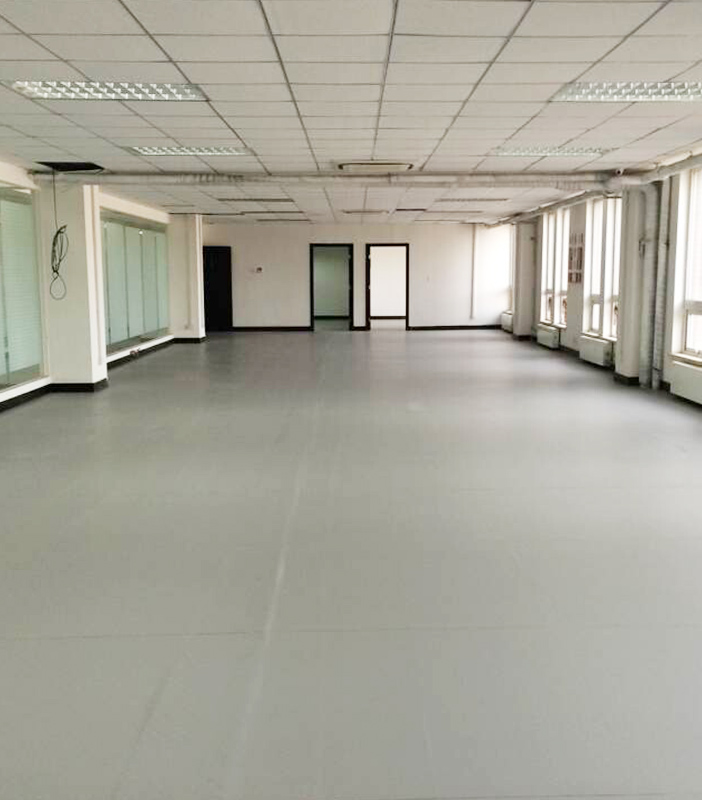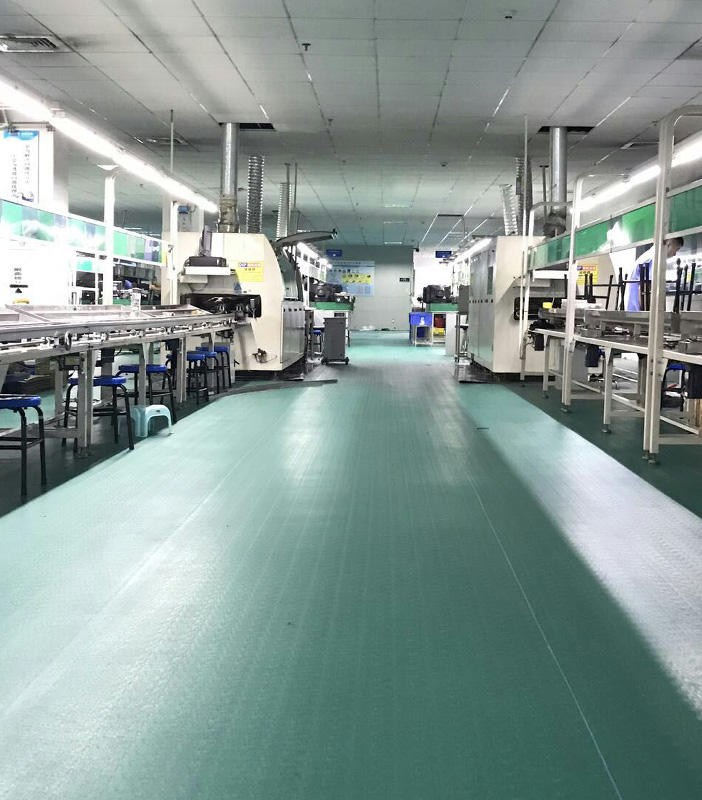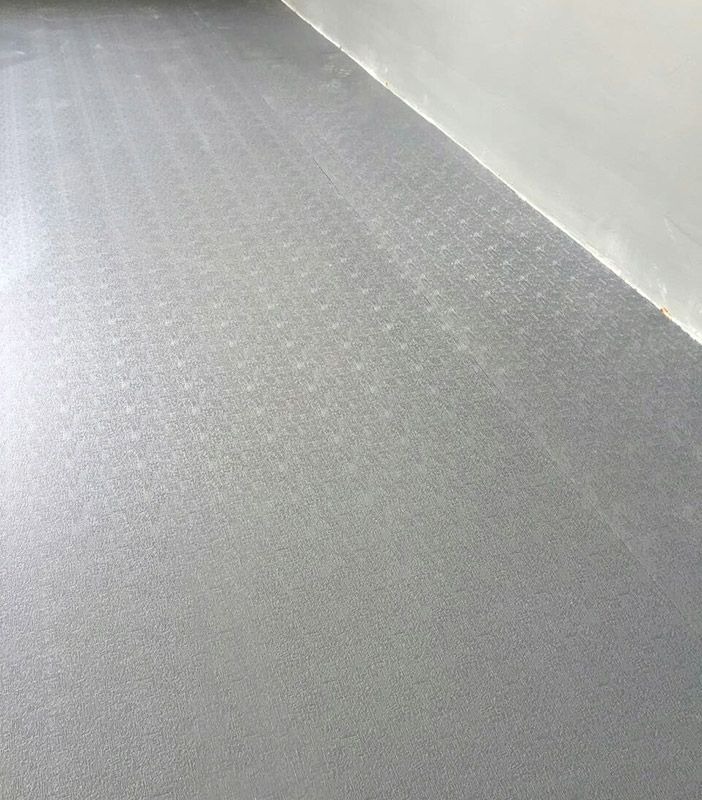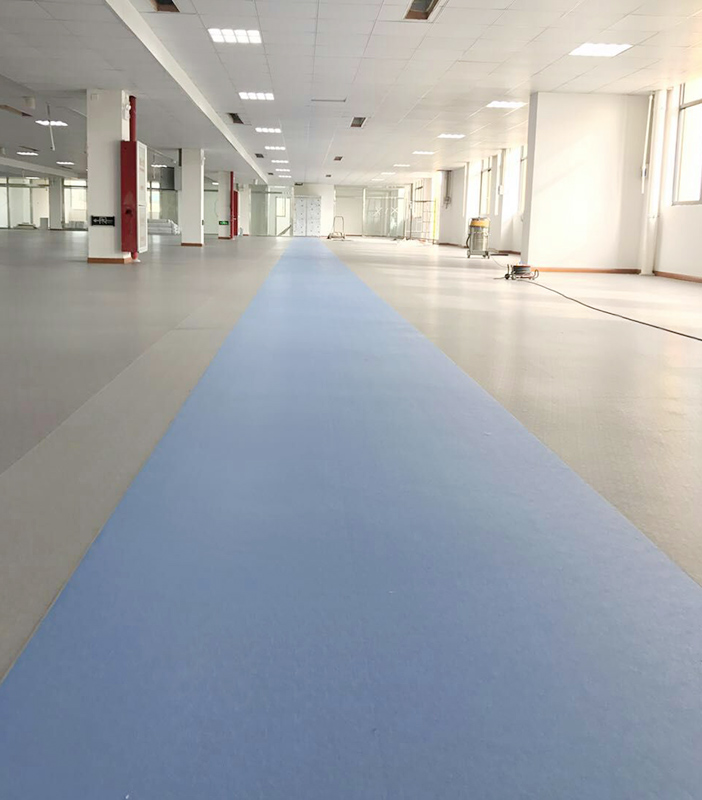In industries where electronic components and devices are manufactured, assembled, or handled, Electrostatic Discharge (ESD) poses a significant risk. The discharge of static electricity can result in irreparable damage to sensitive electronic equipment. To mitigate this risk, specialized flooring solutions, including ESD flooring, anti-static flooring, and conductive flooring, play a crucial role.
ESD Flooring Technology:
ESD flooring is engineered using various technologies to control static electricity and prevent electrostatic discharge. Three primary types of ESD flooring include:
Anti-Static Flooring: This type of flooring is designed to reduce static electricity generation by providing a level of electrical resistance that inhibits the buildup of static charges. It doesn't necessarily provide a path to dissipate charges safely but helps prevent their accumulation.
Conductive Flooring: Conductive flooring is made with materials that have low electrical resistance. It actively dissipates electrostatic charges to the ground, preventing their discharge to sensitive electronic equipment.
Static Dissipative Flooring: This flooring strikes a balance between anti-static and conductive properties. It provides a controlled path for electrostatic charges to safely dissipate while preventing excessive static generation.
Materials and Composition:
ESD flooring materials are carefully chosen for their electrical properties and durability. These materials include:
Vinyl: Vinyl-based ESD flooring is popular for its durability and excellent electrical properties. It often contains conductive or static-dissipative additives that help control static electricity.
Rubber: Conductive or static-dissipative rubber flooring is another common choice, known for its resilience and ESD control capabilities.
Epoxy: Epoxy-based ESD flooring offers a seamless and highly customizable solution. It can incorporate conductive elements for effective static discharge control.
Preventing Electrostatic Discharge:
ESD flooring prevents electrostatic discharge damage to electronics through several mechanisms:
Controlled Resistance: In conductive and static-dissipative flooring, the controlled electrical resistance provides a path for static charges to flow safely to the ground. This prevents the buildup of static charges on personnel or equipment, reducing the risk of discharge.
Personnel Grounding: When individuals stand or walk on ESD flooring, they often wear grounded shoes or wrist straps that are connected to the flooring. This ensures that any static charges generated are quickly dissipated, reducing the risk of discharges near sensitive electronics.
Equipment Grounding: Electronic equipment can also be connected to the ESD flooring system, grounding them and preventing the buildup of static charges on their surfaces.
Compliance with Standards: ESD flooring is designed to meet specific industry standards, such as ANSI/ESD S20.20 and IEC 61340, which outline requirements for ESD control programs. Compliance with these standards ensures that the flooring effectively prevents electrostatic discharge damage.
Applications:
ESD flooring finds applications in various industries and settings, including:
Electronics Manufacturing: ESD flooring is a staple in electronics manufacturing facilities to protect sensitive components during production and assembly.
Cleanrooms: Cleanroom environments, such as semiconductor manufacturing and pharmaceuticals, rely on ESD flooring to maintain particle control and prevent static discharge.
Laboratories: Research and testing laboratories use ESD flooring to safeguard sensitive equipment and experiments.
Server Rooms: In data centers and server rooms, ESD flooring protects critical computing equipment from electrostatic discharge.
ESD flooring, whether anti-static, conductive, or static dissipative, is a critical component in protecting electronics from electrostatic discharge damage. Through controlled resistance, personnel and equipment grounding, and compliance with industry standards, ESD flooring creates a safe and controlled environment that prevents the buildup and discharge of static electricity. Its applications are diverse, spanning industries where sensitive electronics are at risk, ensuring the reliability and longevity of electronic devices and components.

 简体中文
简体中文 English
English España
España Deutsch
Deutsch




